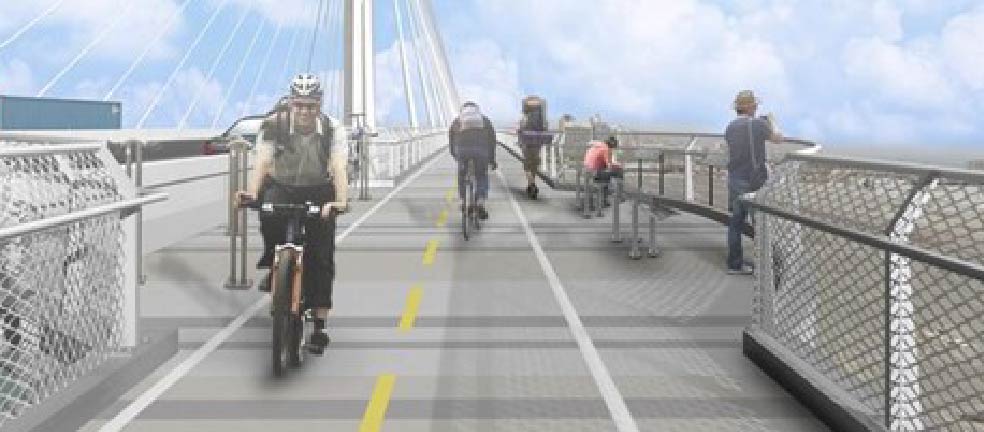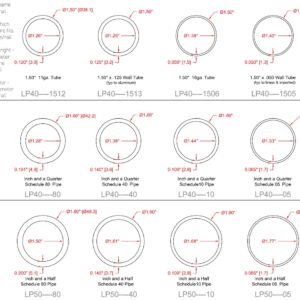A few of the main questions we often see in our industry are what is handrail and what KLIK product works for handrail, what are the differences between handrail and guardrail, and what KLIK product works for guardrail.
Today we are here to guide you to an incredible tool in helping understand the difference between handrail and guardrail and how the KLIK products fit into each. We would like to first direct you to an article written by Tom Zuzik, Jr., a Project Consultant at Railing Codes, for NOMMA’s (National Ornamental and Misc Metals Association) fabricator magazine. Tom is a legendary architectural metal talent, with a background and extensive knowledge in railing and metalwork. This article provides in-depth definitions to handrails, railings, and guardrail and what you need to know: Guards, Handrails, Railings – Get Your Definition Right
We took the liberty of providing standard guidelines and insight most commonly found with rails used for KLIK USA product. These following sections below give the requirements and common uses for all types of rail to help provide a better understanding of what rail would be used based on a project type.
HANDRAIL:
– Structural element intended to provide guidance to building occupants.
– 5 – 2” diameter; other profiles conditionally allowed.
– Must be 34-38” above finished surfaces.
– Must support 200 lbs point load; 50 lbs distributed.
– Some allowance for horizontal obstructions but generally must have 1.5” clear beneath rail.
– Required for any commercial stair with more than 3 treads (Check AHJ); required for ramps exceeding 1:20 slope.
GUARDRAIL:
– Structural element intended to prevent falls by building occupants.
– No dimensional mandates for construction materials.
– Must be 42” min above finished surfaces (Commercial) or 36” (Residential).
– Skeleton must support 200 lbs point load; 50 lbs distributed; Infill must resist 50 lbs/ft2.
– Generally, cannot allow passing of 4” sphere.
– Required for any elevation greater than 30”.

RUBRAIL:
– Recent investments in infrastructure work has yielded REMARKBLE increase in pedestrian accommodations.
– AASHTO requires a “RUBRAIL” on bridges.
– Essentially a large diameter pipe running parallel to direction of travel which softens impacts of bicyclists or pedestrians.
– Serves as physical barrier between pedestrians and roadway.
– 42” from deck minimum; can be 54” by state.
– Should stand proud from adjacent guardrail-intended to deflect user, redirect energy away from guard barrier (i.e. keep from “flipping into roadway”).
– Metal preferred for maintenance and “crash-friendliness.”
In summary, a few things to keep in mind regarding rail types and their needs: handrail is used for elevation change, guardrails are seen in situations where there are drops greater than 30”, and rubrails are barriers between pedestrians and roadway.

What KLIK product is found in these rails? The KLIK LEDpodTM and it’s various sizes are used in standard handrail. The above image provides a detailed guide to view what size LEDpod fits in what rail size, dependent on outside diameter, inner diameter, and wall thickness of the railing itself. The KLIK LEDpod XLTM is used in guardrail, rubrail and other common architectural metal use in projects.


